Drag strips have significantly influenced the legacy of Detroit muscle cars, serving as crucial arenas for testing performance, fostering innovation, and shaping cultural narratives. These strips have not only driven advancements in design and engineering but have also cemented the cultural significance of these iconic American vehicles.
The Birth of Detroit Muscle and Drag Racing
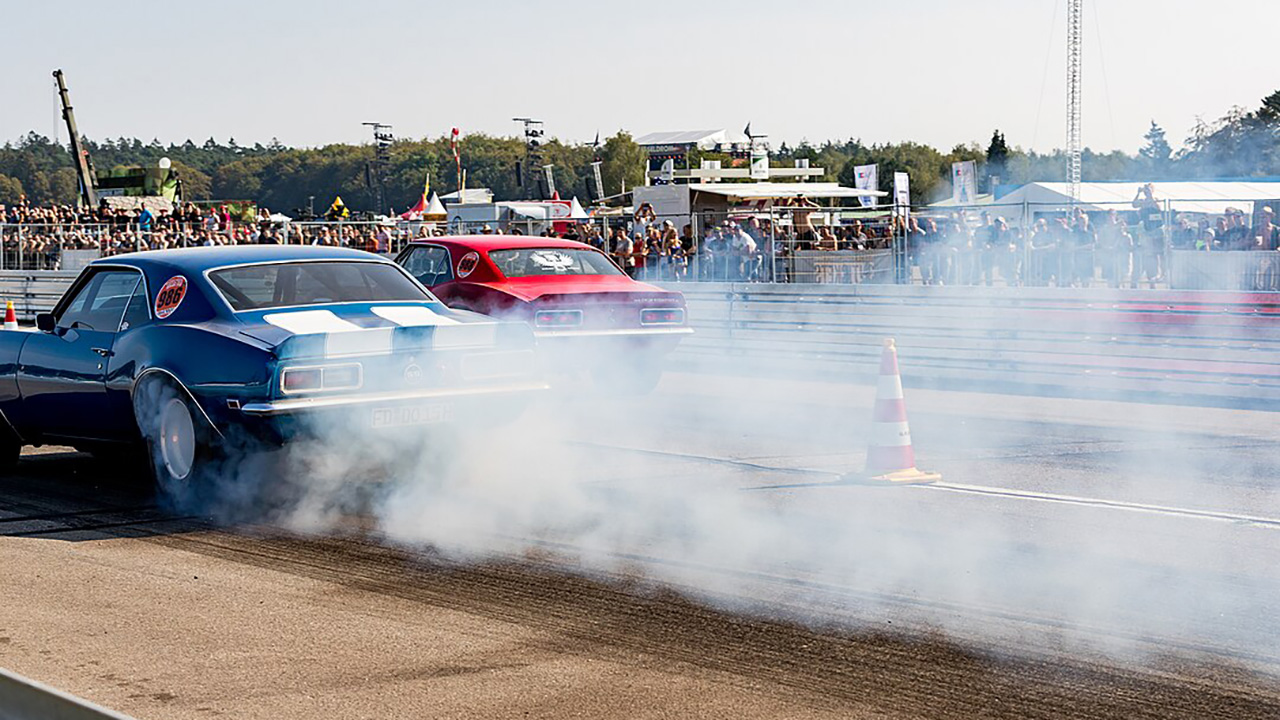
Detroit emerged as the epicenter of American automotive manufacturing in the early 20th century, laying the groundwork for the muscle car era. The city’s robust industrial base and skilled workforce enabled automakers to produce powerful vehicles that captured the imagination of car enthusiasts. As these high-performance cars gained popularity, so did the sport of drag racing, which offered a thrilling platform for showcasing speed and power.
During the mid-20th century, drag racing began to rise as a popular motorsport, paralleling the growth of Detroit’s automotive industry. This period saw early collaborations between automakers and racers, as manufacturers sought to enhance vehicle performance and capture public interest. These partnerships often led to the development of specialized models designed to excel on the drag strip, further intertwining the fates of Detroit muscle cars and drag racing.
Engineering Innovations Driven by the Drag Strip
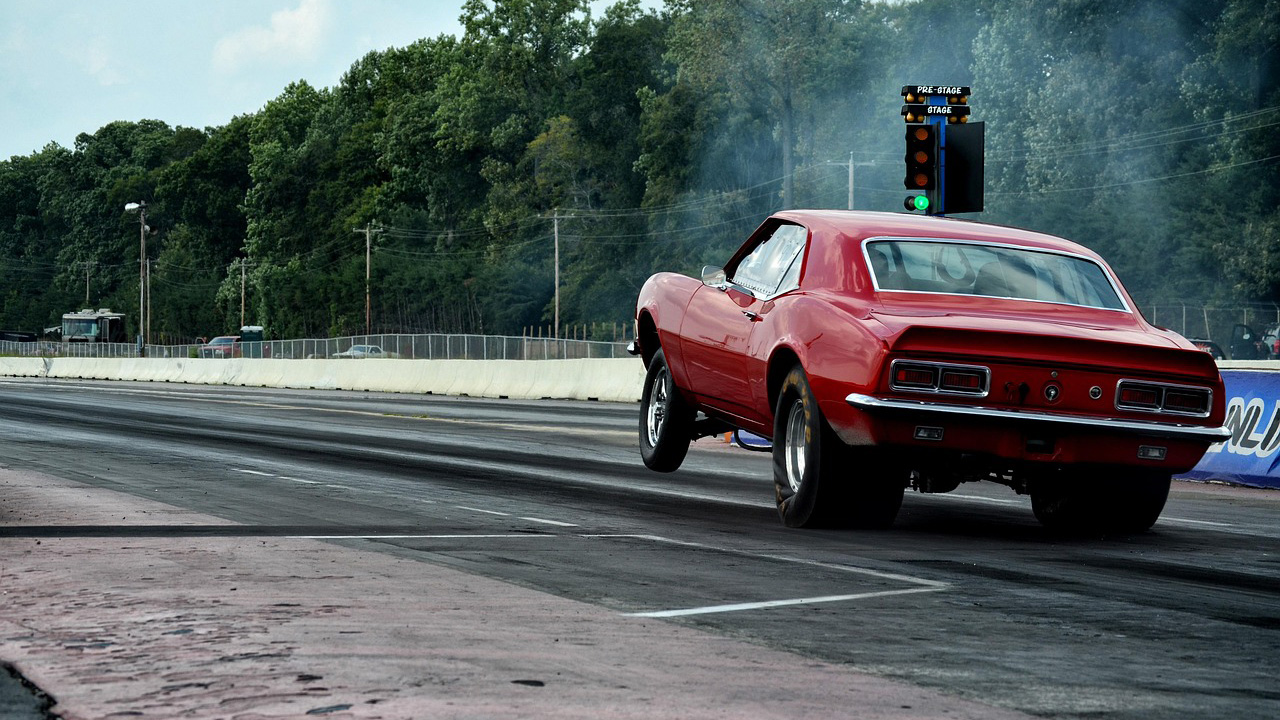
Drag racing has been instrumental in pushing the boundaries of engine performance and horsepower. The intense competition on the strip motivated engineers to innovate, leading to significant advancements in engine design and power output. For instance, the introduction of the Chrysler Hemi engine in the 1950s revolutionized the industry with its superior combustion efficiency and power, setting new standards for performance.
Beyond engines, drag racing also spurred developments in aerodynamics and tire technology. The need for speed and stability on the strip drove engineers to experiment with new aerodynamic designs and materials, resulting in sleeker, more efficient vehicles. Additionally, the demand for better traction led to innovations in tire technology, with manufacturers developing specialized compounds and tread patterns to enhance grip and performance.
Cultural Impact and Community Formation
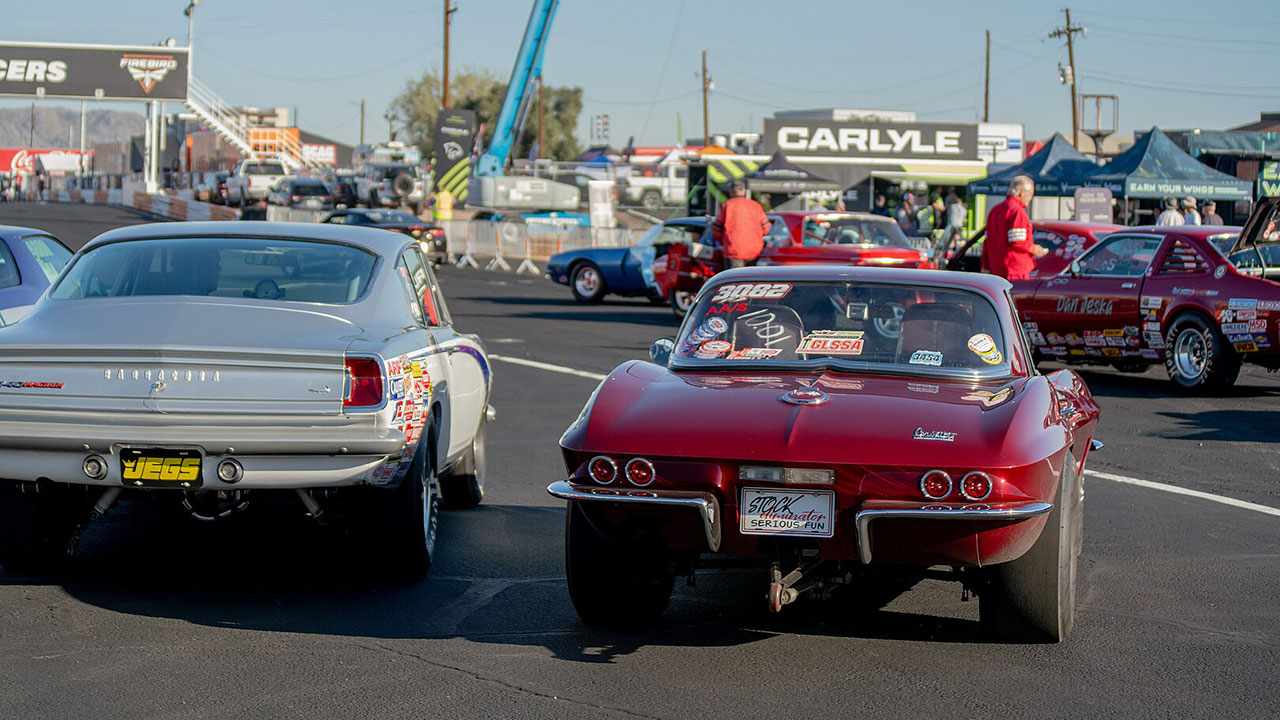
Drag strips have long served as social hubs for car enthusiasts, fostering a vibrant community centered around muscle cars. These venues provided a space for like-minded individuals to gather, share their passion, and celebrate their love for high-performance vehicles. The sense of camaraderie and shared excitement at these events helped to solidify the cultural significance of muscle cars in American society.
The influence of drag racing culture extended beyond the strip, permeating various forms of media, including movies, music, and advertising. Films like “American Graffiti” and “The Fast and the Furious” series have immortalized the thrill of drag racing, while songs celebrating the power and allure of muscle cars became anthems for generations. This cultural presence helped maintain the popularity of Detroit muscle cars and ensured their place in the American automotive legacy.
Economic Implications and Industry Growth
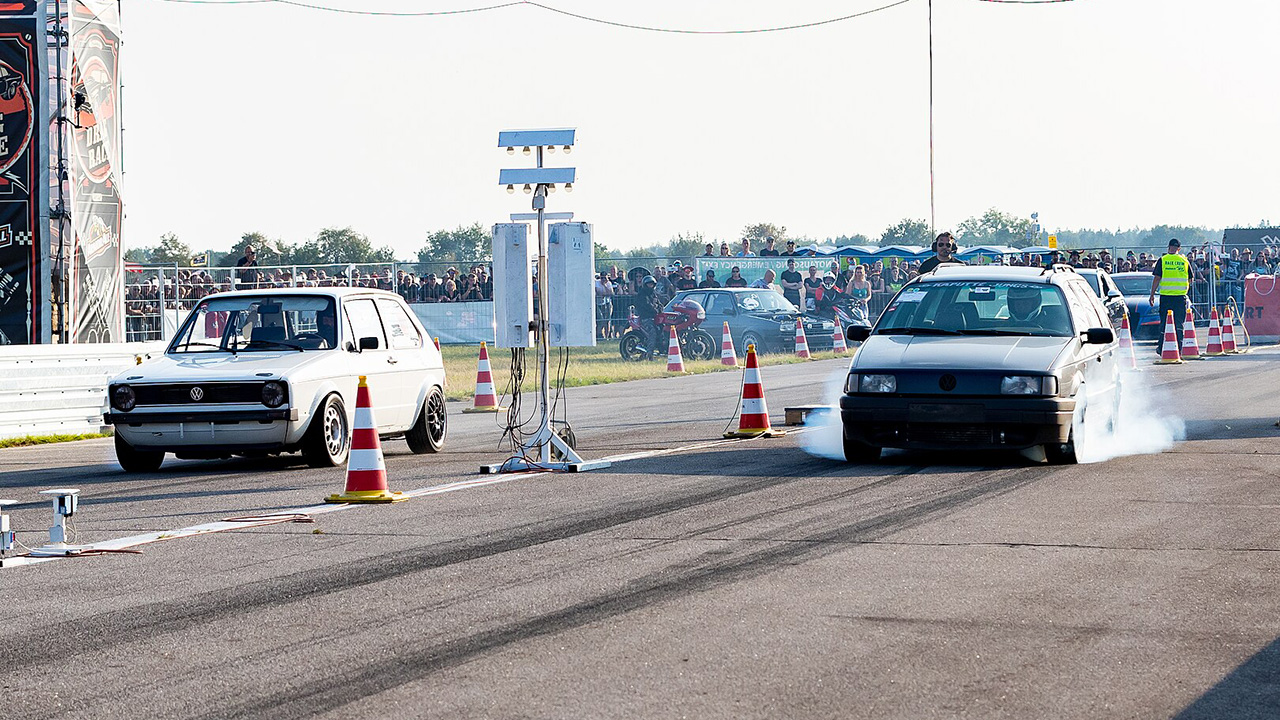
Drag racing has significantly contributed to the growth of the aftermarket parts industry, as enthusiasts sought to enhance their vehicles’ performance with specialized components. This demand spurred the development of a thriving market for high-performance parts, providing economic opportunities for manufacturers and retailers alike. The aftermarket industry continues to flourish, driven by the ongoing passion for muscle cars and racing.
Hosting major drag racing events also brings economic benefits to cities and communities. These events attract large crowds, boosting local businesses and generating revenue through tourism and hospitality. Moreover, the competitive nature of drag racing has driven sales and brand loyalty for American automakers, as consumers seek to own vehicles that embody the power and performance showcased on the strip.
Legacy and Modern-Day Influence
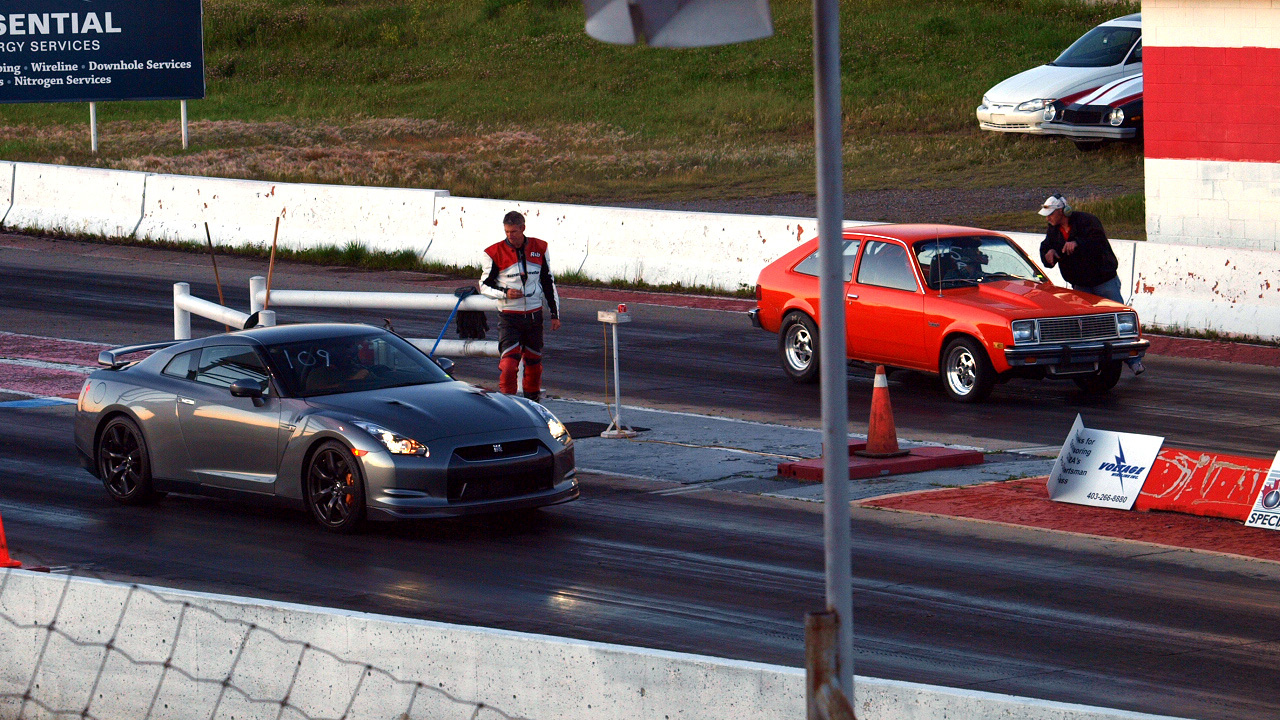
The legacy of drag racing continues to influence contemporary muscle car design and marketing. Automakers often draw inspiration from the past, incorporating classic design elements and performance features into modern vehicles. This blend of nostalgia and innovation appeals to both longtime enthusiasts and new generations of car buyers, ensuring the enduring appeal of muscle cars.
In recent years, there has been a resurgence of interest in classic muscle cars, driven by nostalgia and the popularity of modern racing series. Collectors and enthusiasts seek out vintage models, restoring them to their former glory and celebrating their historical significance. Meanwhile, current regulations and sustainability concerns are shaping the future of muscle cars and drag racing, as manufacturers explore new technologies and materials to balance performance with environmental responsibility.
Like Fast Lane Only’s content? Be sure to follow us.
Here’s more from us:
*Created with AI assistance and editor review.

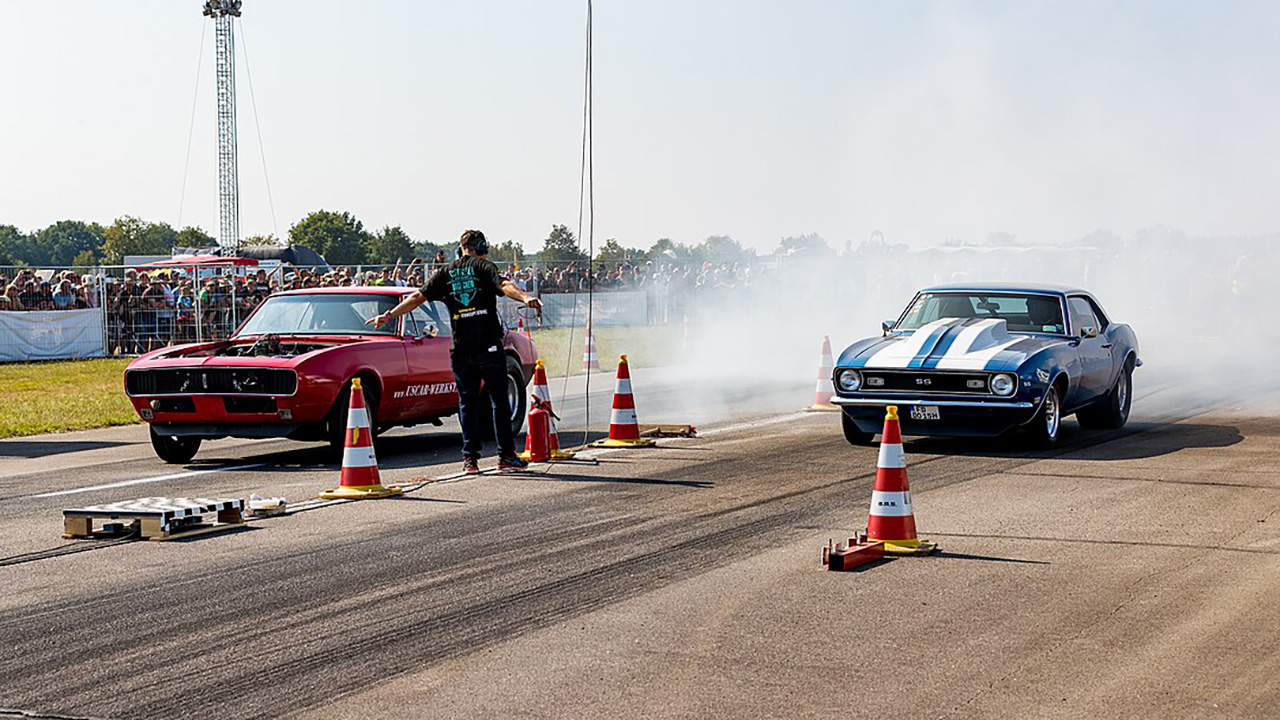

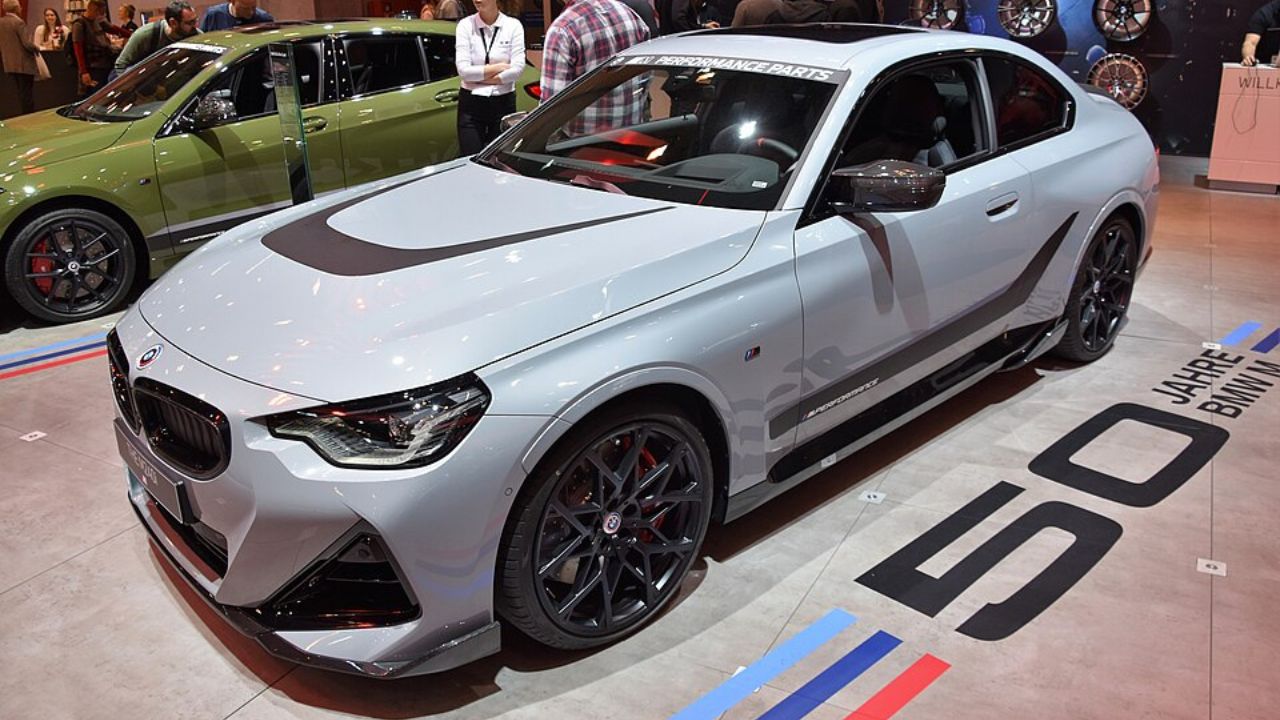

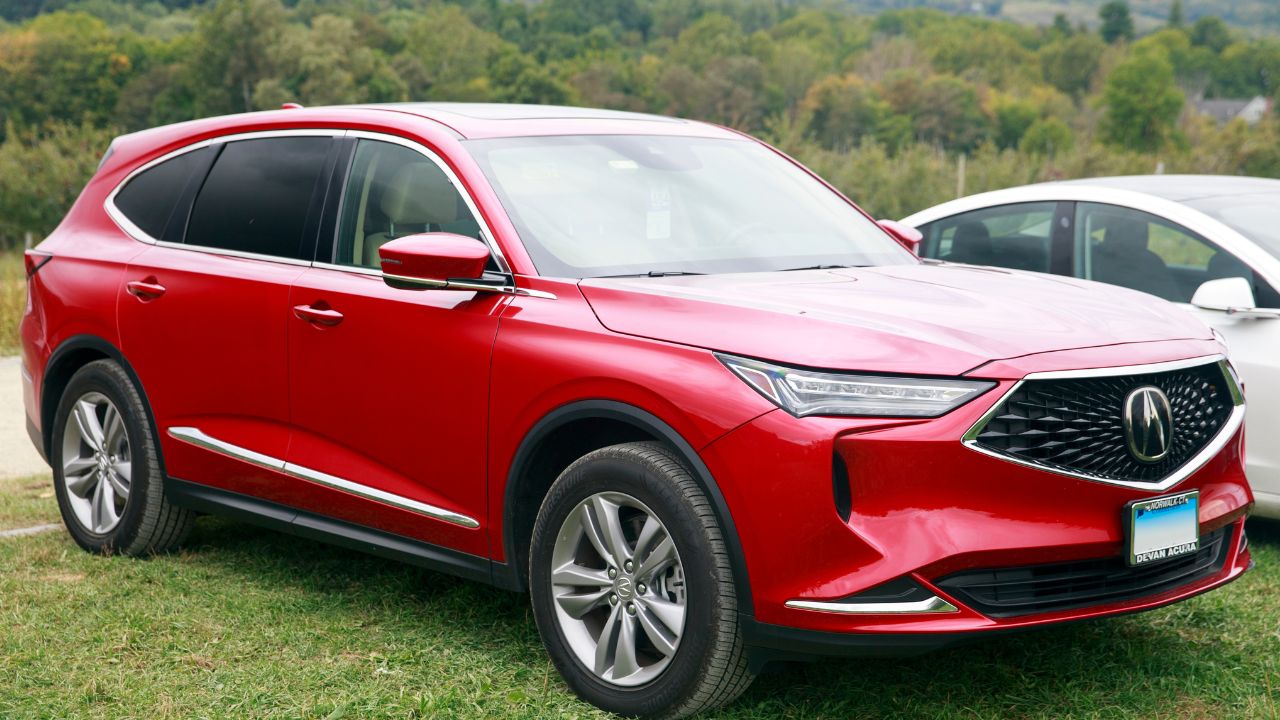
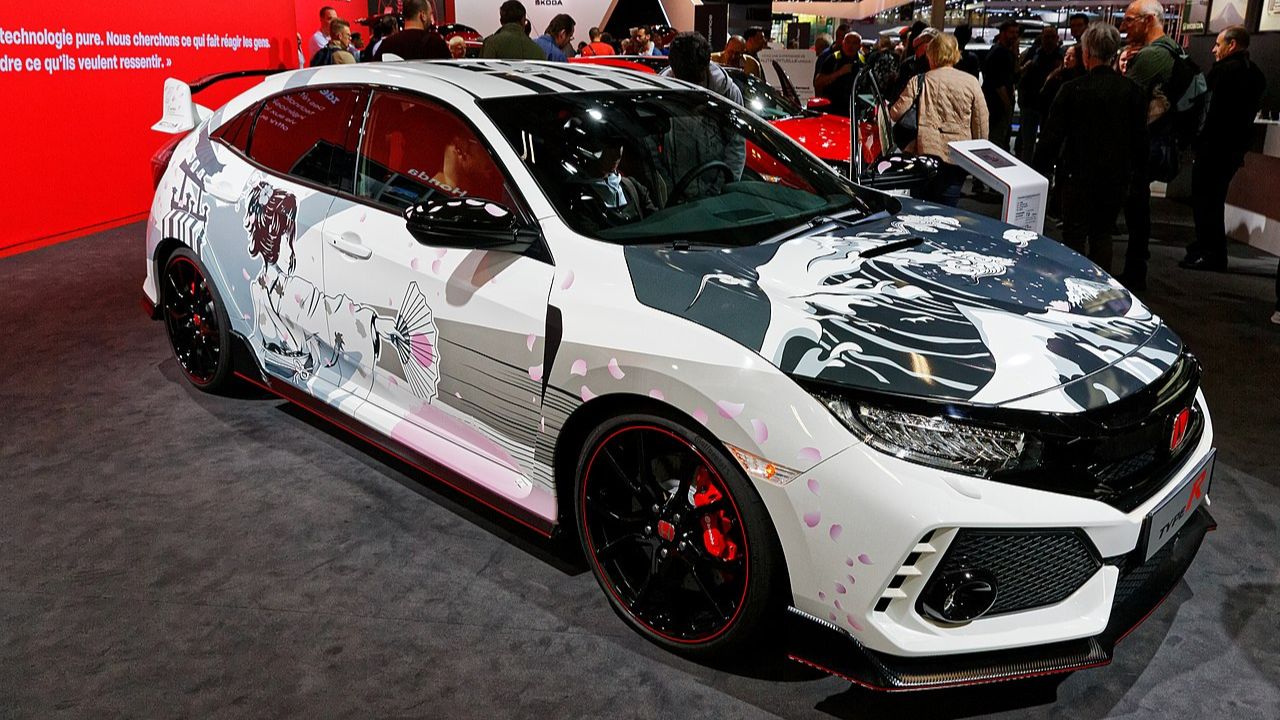
Leave a Reply